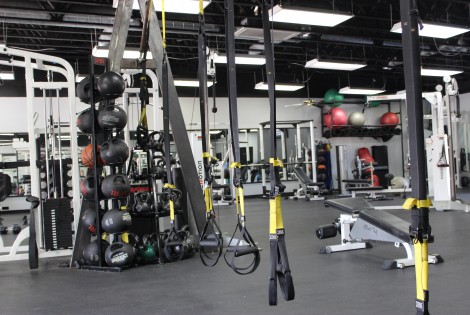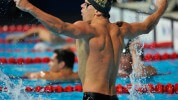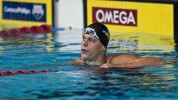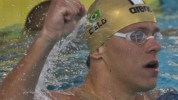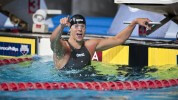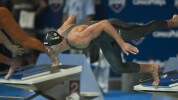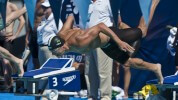Strength Training: Before, After or Separate From Swimming for Optimal Results
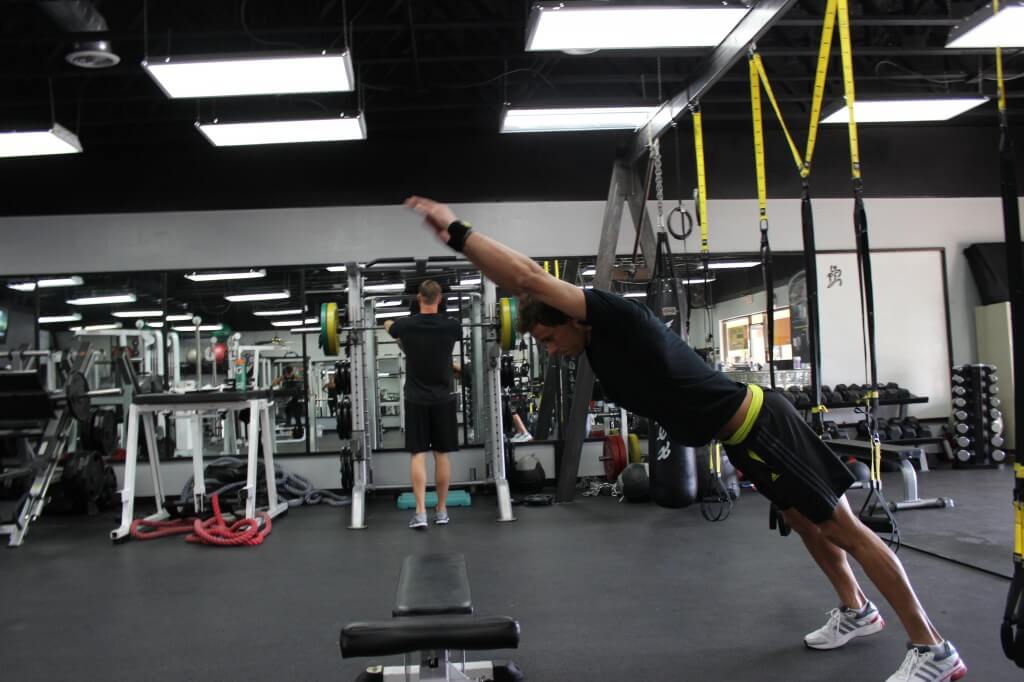
By Deniz Hekmati, BS, NSCA-Certified Strength & Conditioning Specialist
When constructing a strength training program for swimmers, or any other athletes, it is imperative to establish the goals in the weight room for the entire season and for the separate workouts. When this has been instituted, the next step would be to figure out where to optimally put the workouts for the benefit of the swimmers.
As we know, swimming is a biomechanically crucial sport in terms of technique. Therefore, nothing we do prior to a swimming session should impair the technique or speed. Looking on the other side of the fence, strength training exerts a lot of force and power. In order to lift optimally, the athlete needs not to be fatigued. The reason we want to establish the goals for the workouts is because either weights or swimming should to be compromised. It will not be optimally beneficial for swimmers to go in to the weight room and lift heavy and for the coaches expecting the swimmers to perform well in a protocol set. Nor will it be to swim 8K before weights. It is not realistic to expect increase in speed and great power or other strength gains under these conditions.
Benefits of weights prior to swimming:
Less risk of injury (better execution of exercises)
Better ability to exert force in order to be more powerful in movements (mainly sprinters)
Greater musculature gains
Benefits of swimming prior to weights:
Better technique
More energy for high quality sets
Less risk of injury (shoulders, back, knees not pre-fatigued for overuse)
Ultimately, if weights and swimming can be separated from one another the advances will be more beneficial on both ends. Most swimming programs in the world have very predominantly high aerobic training involved, with the exception of programs implementing the new USRPT. Research has shown that combining resistance training with aerobic activity does not show to have as beneficial outcomes as when separating them completely. Swimming after will not necessarily impede the strength gains entirely, but it will not be as efficient as when they are divided. Now, there are a few issues regarding this matter:
1) Availability of facilities – It needs to be convenient to access a facility that best suits the program.
2) Schedule of swimmers – Age group and Masters swimmers are limited in the amount of time they have to get additional work done outside the pool, so optimizing it will be difficult.
3) Convenience – It should not become a difficult task to find time or place to get weights in.
4) Individual preference – Some swimmers might like lifting before or after workout. There is no golden standard that fits all.
Since many programs and swimmers either lift before or after a swim workout, communication between swimming and strength coaches needs to be close to impeccable. That is also why having a strength coach that understands the sport and various sets definitely helps. Depending on the emphasis of the strength program (power output, hypertrophy, prehab, core stabilization etc.) either the swimming or strength portion needs to be adjusted so they do not get the best of each other. Looking at the success of UC-Berkeley, with Nick Folker being their head strength coach who also swam the Olympics, the interaction between him and the swim coaches were spick-and-span, which was a great part in building the best college teams in history.
 Deniz Hekmati was a former collegiate swimmer for Arizona State University and graduated with a degree in Exercise Sciences. He also swam professionally in Sweden, and has multiple national championship medals in the sprint breaststroke events. He currently coaches defending World Champion and world record holder Cesar Cielo in the weight room. Hekmati is the Founder of Swimmer Strength www.swimmerstrength.com
Deniz Hekmati was a former collegiate swimmer for Arizona State University and graduated with a degree in Exercise Sciences. He also swam professionally in Sweden, and has multiple national championship medals in the sprint breaststroke events. He currently coaches defending World Champion and world record holder Cesar Cielo in the weight room. Hekmati is the Founder of Swimmer Strength www.swimmerstrength.com
Check out the following photo gallery of Cielo!




